On Saturday, April 5th, the “TOKYO ALTER MUSIC SHOWCASE” was held at BLOOM GATE, an event space within the large-scale complex “Shibuya Sakura Stage” in Shibuya, Tokyo.
A project that brings together artists, creators, and Shibuya workers with “B” talent that are different from their main job and main activities (A-side)“SIDE-B”This event, held as part of the event, will feature live performances by Kitamura Tsubasa, Sagiri Sól, and HALLEY, who are attracting attention as up-and-coming artists, as well as DJ plays by Judgeman and Shun Izutani, who are active mainly in the Tokyo indie scene, and talk sessions by key figures in the music industry. The setters were discussing the issues based on important recent themes such as “Asia,” “Awards,” and “Festivals.” How does the current music scene look like in the eyes of people who continue to explore alternatives in the area?
A talk that involves a variety of ideas, and fresh and edgy live performances and DJs. I was able to look forward to the future of music with the encounters and inspiration that would make me realize something. As the name suggests, “alter” suggests, it was an event that truly shows the potential for change.
Text Yuki Kawasaki
Photo by Yuma Yoshitsugu
Festival organizers talk about the difficulty and strengths of “continuing” and solidarity with Asia
The first of the three-part talk session was “Continuing the music festival – the thoughts and aims that the parties involved in the festival talk about.” Japan’s largest music festival information site“Festival Life”A music festival set in Hyogo Prefecture, with Tsuda Shotaro, the operator of the series.“ONE MUSIC CAMP”Nomura Yuta will be holding a showcase festival focused on Asia.“BiKN shibuya”Fujisawa Shinsuke, the mastermind of (hereafter referred to as BiKN), celebrated his 20th anniversary in April this year.“SYNCHRONICITY”Aso Jun, organizer of the new festival “MIND TRAVEL,” which started in 2021 in Myoko City, Niigata Prefecture, and representative of Spincoaster Inc., was featured as speakers.

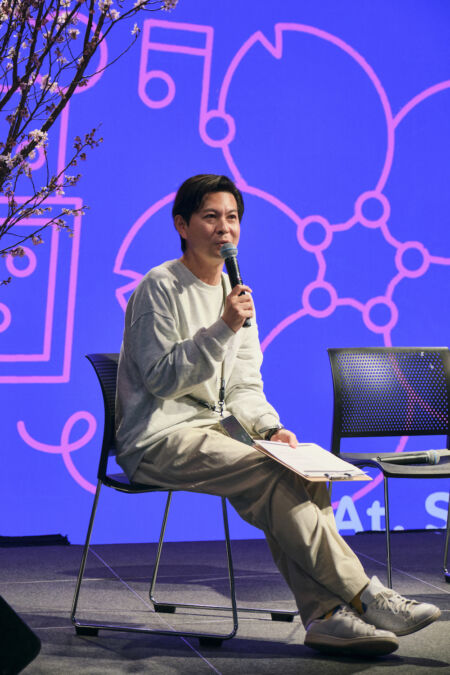
This topic covered the continuity of the music festival, solidarity with Asia, and collaboration with the government. Tsuda said, “There will be many new festivals to be launched, but there will be some festivals that will suddenly be suspended or openly to hold the festival, and it will be a close. It’s really difficult to continue the festival,” and Fujisawa said, adding that it is a circuit-type event that is involved in the management of “BiKN.”“Shimokitazawa SOUND CRUISING”The response is made while citing (hereinafter referred to as SSC).
“The SSC was held every year from 2012 to 2019, with discussions between four companies, but due to the effects of the COVID-19 pandemic, it was cancelled in 2020. This year, we were finally able to make a comeback, but it would be difficult to do it unless we are in aligned with one company. That’s why it took a long time. I think that if five more years pass, the names and methods will change a lot. That’s why festivals like “SYNCHRONICITY” are incredible. Sustainability is inherently fragile, but there is a strength that can only be obtained from the rest of the day.”
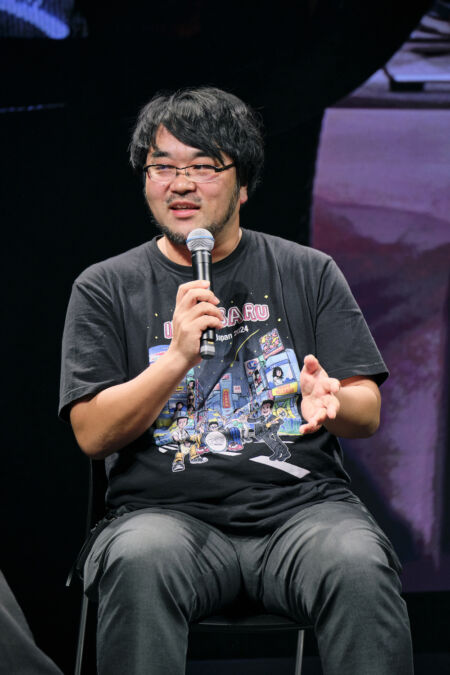
Nomura, who hosts “ONE MUSIC CAMP,” which celebrated its 15th anniversary in 2024, has been in a position to keep the festival going. However, at the same time, we will be holding a new festival in April this year.“MAGICHOUR”It is being launched in Awaji Dream Stage, Hyogo Prefecture/state-run Akashi Kaistravel Park. He said from both the perspectives of mid-level and newcomers:
“It’s difficult because it’s new. I really think about what kind of creative things we’ll be introducing and what kind of content we’ll be introducing amidst other festivals. (Magichouur) the venue was so attractive, so I started with the desire to do it, but I feel that it’s not easy to do. We host three festivals in Hyogo Prefecture, but once we’ve launched it, we’ll be using a different brand. We have to attract customers from scratch. We’ll be holding a show in Mita City in May.“ARIFUJI WEEKENDERS”This year marks the third year, and I feel like I’ve finally gotten on track. I think it’s important to accumulate little by little, just like investing.”

Hayashi, the organizer of MIND TRAVEL, which is in his fifth year this year, prefaced the idea of a newcomer, saying, “When we did it in Niigata, it was quite difficult in terms of budget,” and revealed, “I do a lot of things like music media, video, app production, and more, but festivals are the most unreasonable and difficult.”
“It’s hard to read until the day of the event. There are various risks, such as weather issues such as typhoons. For example, the effort required for both video and design, so you can basically expect a return. Or you will get paid for that work time. But when you finish the festival and settle it all, you can’t help but feel like you’re in the red even if you put in a lot of effort. That’s really amazing that you’ve been going on for 20 years. It’s just a matter of respect.”
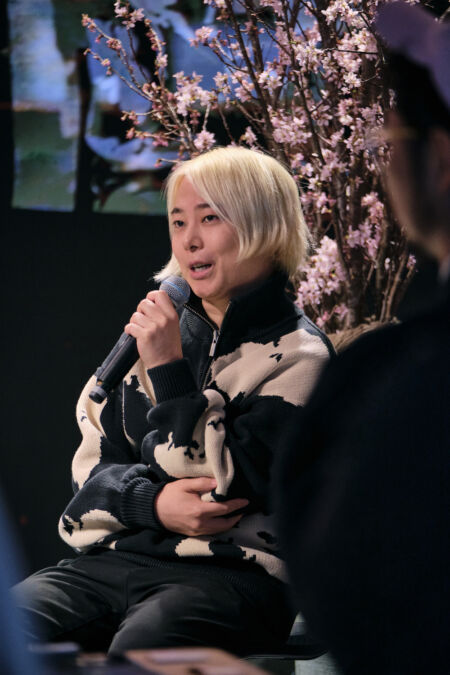
When Tsuda asked, “Which of these things, what drives the festival?” Aso replied:
“Personally, I think there are two important things to keep going at festivals. One is to have passion. My mindset remains the same as 20 years ago, and I started out as a freelance person with the desire to “communicate good music.” Originally, I wasn’t the type of person who can do calculations, so I first took a handwritten proposal to Daikanyama UNIT (who was the first venue) and contacted me directly. What’s more, it’s not just about budgets, but about how I felt. I think I’ve been able to do it well now. I think it’s important to continue to have the passion that will allow the people around me to get involved.”
“The other thing is, since last year, we have actually made SYNCHRONICITY an executive committee to allow various companies to be involved. We need to create a solid environment where people can feel that they are happy to join. As for budgets, it is important to be able to create a return that will satisfy them. This is something I’ve felt especially after 20 years of experience.”
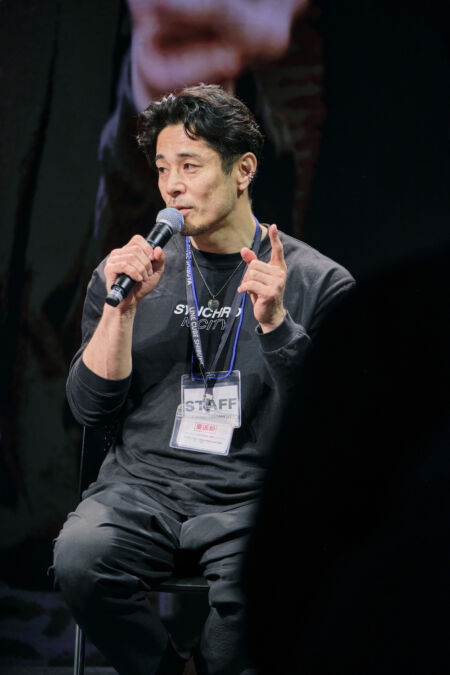
The talk theme then shifted to Asia. “As we try various challenges, it appears that Asia is the next item,” Fujisawa said, “It looks like Tsuda will be the one who will be trying out this much.”
“I think the common point of these four are focused on that, but I think they are probably thinking about business at this stage. It’s safer to attract Japanese artists in terms of attracting customers, and there’s no need to worry about travel expenses or visas. As Hayashi mentioned earlier, the operation of festivals is very variable, so just inviting overseas artists is risky. However, I think there is still a great possibility in Asia. I also run a label called THISTIME RECORDS, and I travel to various Asian countries with the affiliation of my affiliated artists, but it seems like they have a strong potential, as it’s the eve of the explosion. It’s not that there’s a huge number of artists, but there’s a great deal of excitement, including the listeners, as well as the audience.”
This is his third year at BiKN festival, mentioned above. Last year, 20 out of all 38 performers featured a lineup of overseas artists, mainly based in Asia.
Nomura says that in his efforts to “ONE MUSIC CAMP,” he has been creating an Asian slot (for the performers) for over 10 years.
“Sunset Rollercoaster was also featured in the previous breakthrough, and we had a desire to introduce some good artists since then….It’s a bit off topic, but recently, governments from various countries have started to support artists in their expansion overseas. They have started to provide travel expenses and other subsidies, and there are also movements to appreciate what we have done at that time. Although it is local, I’m happy that other government agencies will buy that track record. Although it is still in the investment stage, I feel that this trend will continue to expand.”
Aso also speaks of his positive views, citing his own project.
“From this year, I’ve been in Taiwan.“Ronin Festival Vagabond Festival”We formed a partnership with The purpose is to create a variety of environments together, such as collaborations between festivals. He then worked on copyright management business.“NexTone”A collite label that has formed a partnership with san to connect Japan and Asia“SYNCS”has been launched. For me, I would like to not only attract people from Asia to Japan, but also actively work on the vice versa. Korea and other places have a similar sense of feeling, so it’s easy to get to geographically.”
Thank you for “SYNCHRONICITY’25″❗It was our 20th anniversary, wrapped in the best of music and everyone’s smiles! ️Next year will be held on Saturday, April 11th and Sunday, April 12th. We will connect each and every one of this year to next year. See you again at “SYNCHRONICITY”! ️https://t.co/I4xdJj8nRL#SYNCHRONICITY25 #SYNCHRONICITY26 pic.twitter.com/rIiAtQorv6
— | Synchronicity (@_synchronicity) April 13, 2025
Hayashi agrees to this from a streaming perspective.
“Spotify and Apple Music have become the norm, and the language barrier has disappeared. Asian artists that you would not have heard before have bought CDs have become familiar. The number of collaborations across countries is increasing, and as a result, their respective fan bases have expanded. These trends are also taking place in real life, and I think that interactions between Asia will become more and more active in the future.”
Fujisawa, who knows about the Asian scene, states, “Asia has been and still exists among countries,” and expresses his view on the possibilities of various countries.
“It may seem politically difficult, but that’s not the case at all on-site level. I’ve also visited Korea several times, and there’s a huge demand for Japanese artists. They have a close mindset, and although they have different languages, I feel like I can understand each other in culture. I feel like I’m not getting along with Western people, and when I speak, I feel like I’m speaking the same words.”
It seems that all of the topics discussed from the festival’s perspective were modern. Each of the speakers’ words was specific, and it was a talk session that made me look forward to each festival and event even more.

The global demand for Japanese music is growing. The background to the establishment of the new award
Next, under the theme of “What is Japan’s new music awards – What are the awards that MUSIC AWARDS JAPAN and TOKYO ALTER MUSIC think?”, Tsushima Yoshiaki, director of the CEIPA/Vice Chairman of the Music Awards Japan Executive Committee, and representative of the music label/production company “origami PRODUCTIONS” and a member of the founding of “TOKYO ALTER MUSIC AWARD,” which was founded last year, spoke about the content of the ceremony and the history of its establishment.
On Thursday, May 22nd, the largest music award in Japan to be released to the world at ROHM Theatre Kyoto“MUSIC AWARDS JAPAN”will be held. Looking overseas, there are major festivals such as the Grammy Awards (USA) and the Britt Awards (UK), so why has a new award ceremony been launched in Japan? He proceeded with Tsushima as the listener.

The challenge is that “Japan’s music market is lagging behind compared to the global market,” and Inaba mentioned that the reason for this is that “As the world moves to digital platforms, domestic has not been able to shift completely there.” He continued, pointing out that “the lack of alignment of platforms makes it difficult for Japanese artists to expand overseas,” and said that “MUSIC AWARDS JAPAN” was established as part of the solution to this issue.
“CEIPA is a joint project with Toyota Group to support Japanese artists expanding overseas. In March of this year, we held a showcase at Peacock Theater in Los Angeles, featuring Ado, new school leaders, and YOASOBI, and sold out at a capacity of 7,000 people. One of our missions is to hold events in various locations. One of our major domestic projects is “MUSIC AWARDS JAPAN.”
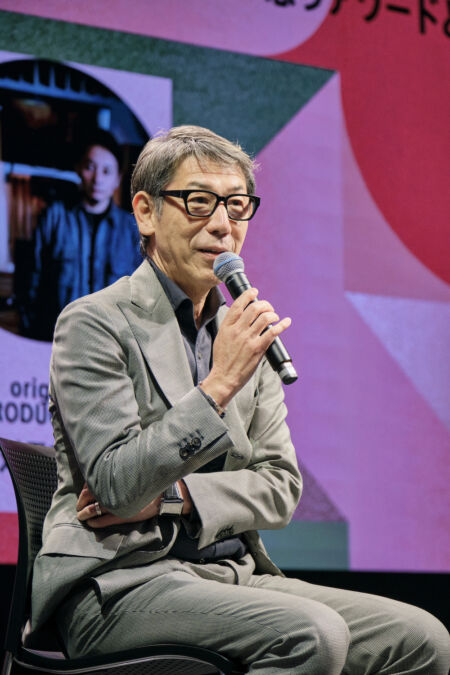
“Until a while ago, when Japanese artists were going to perform live performances overseas, there were only half-half of fans and half-half of locals traveling from Japan, but that’s been changing. The three concerts were sold out at the reservation stage, but almost 100% of the people who flocked to the venue were local fans.”
In response, Tsushima asked the following question, citing Grammy’s evaluation of J-POP. “A while ago, K-POP achieved sensational development, and the same thing is happening with J-POP. I was really surprised to see that at the top of this year’s official Grammy website, it said that “J-POP will make a leap in 2025.” Among them, what is the main purpose of “MUSIC AWARDS JAPAN”?
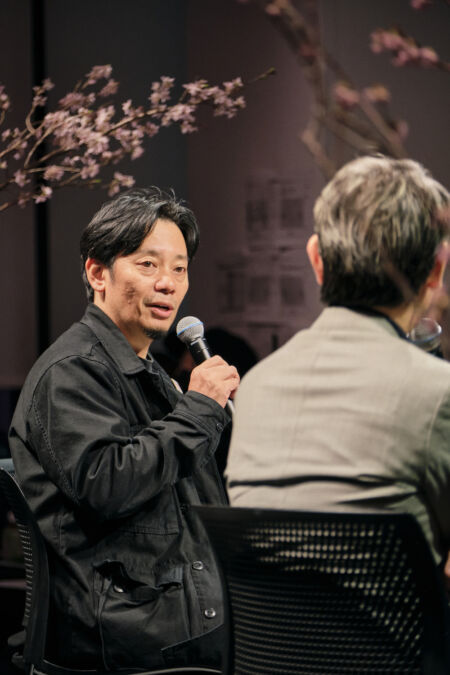
Inaba responded as follows, referring to the size of Japan’s music market.
“Japan has the world’s second largest music market, so we hope to become a more accessible and interactive platform from overseas. There will be a Kohaku Uta Gassen and the Record Awards at the end of the year, but there are actually not many opportunities in Japan to look back on the domestic music scene at other times. If we can create a situation where music becomes a hot topic before the summer, when real events increase, we expect a variety of business possibilities.”
The discussion also goes on about transparency in the selection process, with Inaba emphasizing that “we aim to disclose as much as possible and create an award that will make everyone feel satisfied.”
“To talk about something a bit frankly, the first thing that comes to mind is when the chairman and chairman of the organizations involved in MUSIC AWARDS JAPAN came together to discuss it, and they said, “We’re not going to prepare anything.” They’re trying to stop linking things. As they decide on such regulations, Nomura (Tatsuya), who serves as chairman of the CEIPA Executive Committee, and Muramatsu (Tsuyuki), have decided that they will quit voting rights in order to ensure this is thorough. They refrain from being involved in the selection process itself, and they will be able to distance themselves from that point. We will continue to operate the program as a backstage.”
At the end of the talk session, MUSIC AWARDS JAPAN also talked about the future that they are aiming for.
“I think that when the demand for Japanese music grows, various possibilities will expand. In that sense, music is one of the industries that support the country,” Tsushima asked, and Inaba gave his outlook as follows.
“I think it’s important to continue first. The Grammy Awards will be held in February this year, so that’s probably a guideline for the first time. There are currently over 90 categories in the original, but I think it’s also important to increase the number of categories and increase the number of information available. At the moment, there are over 60 categories, so please take a look at the MUSIC AWARDS JAPAN website and check out what kind of categories there are.”

The significance of “SXSW” from various perspectives, and the Japan-based showcase
The end of the talk session was “Japanese Artists at SXSW -TOKYO CALLING × INSPIRED BY TOKYO supported by CEIPA-.” Kitamura Tsubasa, who also performed a live performance on the same day, Yamazaki Kazuto, the creator of FRIENDSHIP., a label service that combines distribution and promotion, Noda Takeichiro, the representative of the distribution service TuneCore Japan, and Takanami Yutaka, an organizer of the label Namy&, appeared as speakers.
Takanami was moderator of the session, and as the title suggests, he discussed the SXSW Conference & Festivals (hereinafter referred to as SXSW), which is held every March in Austin, USA. Kitamura was an artist, while Yamazaki and Noda were the label owners, producers and managers, and spoke the language.

Yamazaki prefaces that “it was his first time participating in around 2013,” and says of Austin during the period, “it was a huge crowd.”
“It was so crowded that I couldn’t even pass each other. And music was played from all the shops, but it was all live by bands. When I passed by the shops, there was another musician playing. When I saw the sight of it, I realized, “There’s an incredible reality”… After that, I took the artist to SXSW about three times.”
Following last year, the official showcase “INSPIRED BY TOKYO” was held again during SXSW this year, with FRIENDSHIP., Spincoaster, Orchard Japan, and TuneCore Japan presenters, and in addition to Kitamura, XAMIYA and VivaOla also performed at local venues.
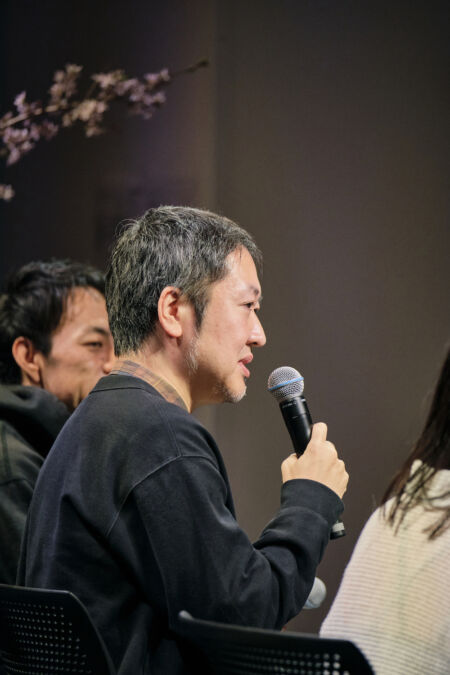
Regarding the history of how this showcase was launched, Yamazaki points out the uniqueness of SXSW as an event.
“Many people from all over the world come to see the event. Because it’s such a large-scale event, I thought that unless we introduce something as a “Japan” rather than an artist alone, we wouldn’t be able to efficiently attract local audiences. I felt at last year’s showcase that the growing attention to Japanese music is noticeable. Many people seem to be attracted to the music and the variety of musical pieces that are created while crossing various genres. The box where we performed this year was called “Mohawk,” and it was always full of people.”
Kitamura, who performed there, began by saying, “It was my first time performing a live performance overseas…”
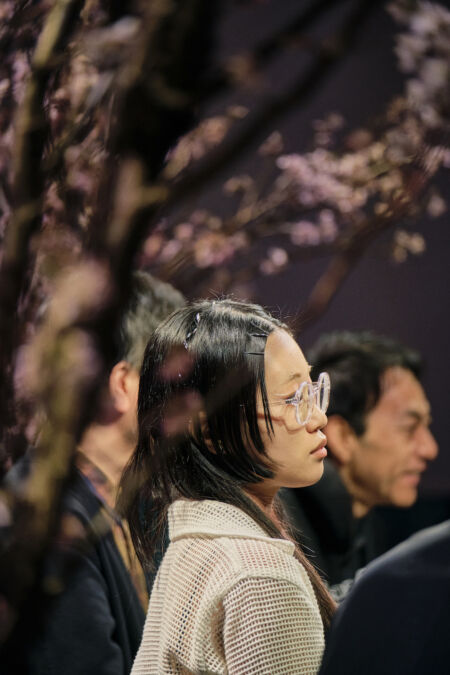
“It was a lot of fun to hear the audience’s reactions directly. Due to the overlapping events, I was only able to do some sound checks, but I also enjoyed the tension quite a bit. I was happy to hear people from the locals say, ‘I’m listening to your music’ and hear comments that would be hard to see when you’re in Japan.”
Kitamura also became aware of the “Japanese music” seen from overseas.
“I think we talked about ‘diversity’ earlier, but I think it also has the image of ‘Japan’ from the perspective of foreigners. Japanese artists sometimes fall outside of that image, but it made me think about how we should approach overseas audiences. I wonder how it would be best to have them listen to without changing their musicality.”

When Takanami asked, “Where is the point of visiting SXSW now that Japanese music is gaining attention?”, Noda replied based on his own experience:
“It’s similar to Yamazaki’s talk earlier, but I think it’s important to note that there are many people involved in music. When you move, you’ll encounter a variety of encounters as you move. The music is constantly playing, so artists can quickly connect, and it’s also attractive that you can communicate more casually than contacting someone else at a counter. This time, I met a British anime-loving rapper called Shao Dow (lol). I was able to connect with places I had never expected to last a week.”
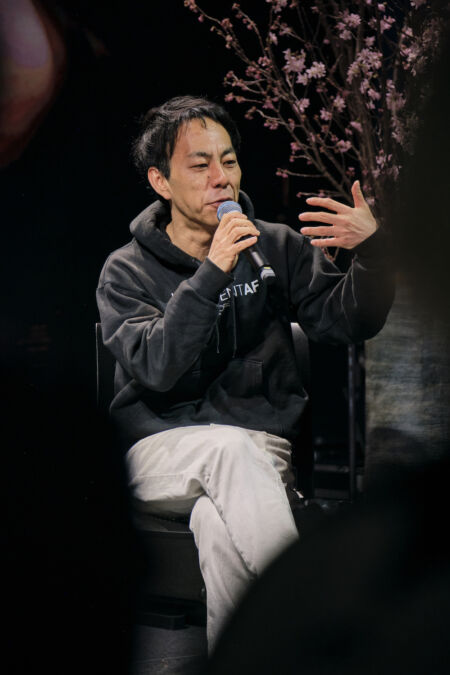
To summarise the session, Takanami also concluded by saying, “It’s not SXSW, but I’m actually looking for ways to send Japanese artists overseas, and I’m also talking to a festival in Taiwan. I think it’s important to increase the number of cases where “this artist has been so much accepted,” and I hope to work together with everyone to proceed in this regard. I hope that anyone who seems to have a connection with me will help.”
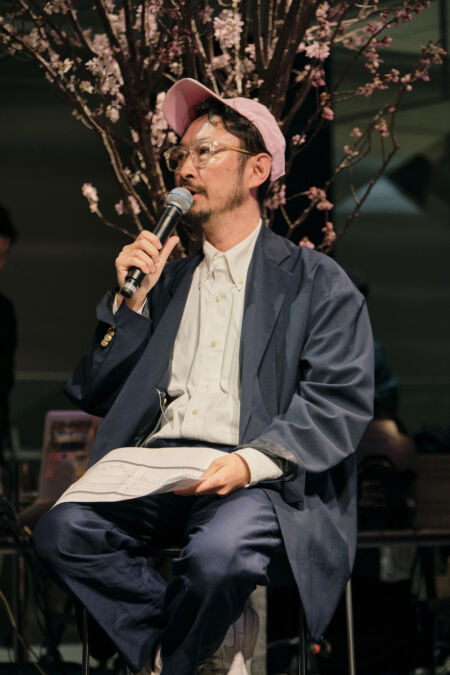
Kitamura Tsubasa, Sagiri Sól, and HALLEY – a performance by three highly anticipated groups
After the talk session, live performances were held by the three artists mentioned at the beginning. Talent flapping up on the edgy Shibuya night, as if to respond to the gimmicks with alternative ideas.
Kitamura Tsubasa, who combines Jeff Mills’ machinery groove with SBTRKT’s hypnotic beat, was a new generation of trackmakers that was just too dazzling. Her appearance as she plays both the flute and piano on four hits, really gave her a sense of the potential for change.
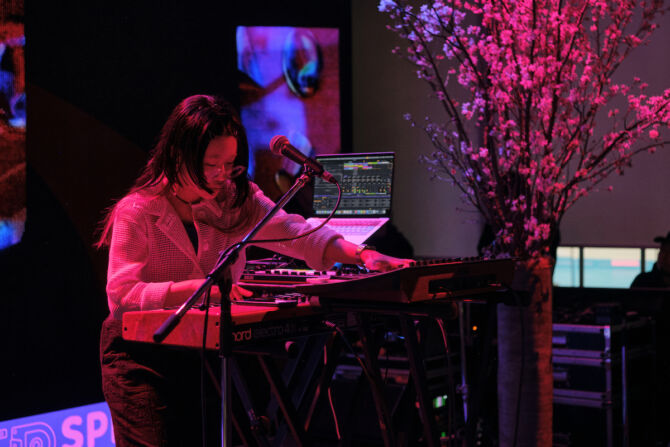
The second set, Sagiri Sól, is reminiscent of the Indie Rock series from the British “Dirty Hit” series, but also exudes a strong originality. “Ruby,” sung with Japanese lyrics, was memorable with its light rhythm and colorful melody, and it drew the audience on the floor. And above all, she has the high singing ability and physical strength that allows her to faithfully reproduce the original song. He is definitely a talent that will likely be seen in various places in the future.
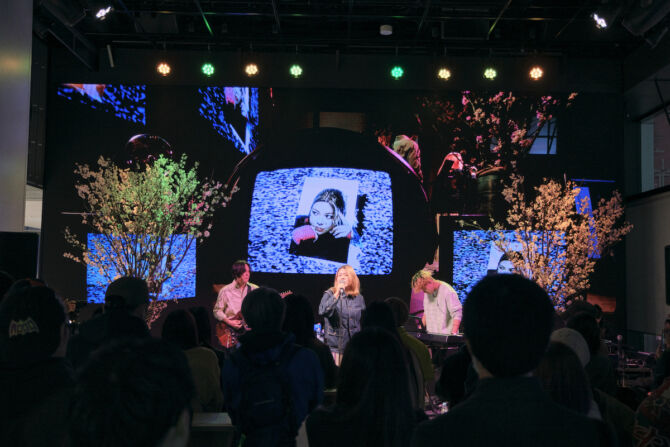
The finale was the R&B band HALLEY. He had already had full confidence in his entirety when he played D’Angelo’s “Brown Sugar” during the rehearsal, but he was even more shocked at the live show. On this day, they performed the songs in an acoustic composition, showing off their strong support, including bossa Nova-style arrangements. At this event, I felt the future everywhere, but they were also Briest Hope. A full-scale break will soon be near.

[Event Information]

“SIDE-B SPRING EDITION – TOKYO ALTER MUSIC SHOWCASE”
Date: Saturday, April 5th, 2025
Venue: SHIBUYA SAKURA STAGE 3F BLOOM GATE
(LIVE)
Kitamura Buta
HALLEY
Sagiri Sól
(DJ)
Shun Izutani (Re.)
judgeman
(TALK SESSION)
Hayashi Jun (MIND TRAVEL / Spincoaster)
Nomura Yuta (ONE MUSIC CAMP)
Fujisawa Shinsuke (BiKN)
Aso Jun (SYNCHRONICITY)
Tsuda Shotaro (Festival Life)
Inaba Yutaka (CEIPA Director / Vice Chairman of the Music Awards Japan Executive Committee)
Tsushima Yoshiaki (origami PRODUCTIONS)
Kitamura Buta
Yamazaki Kazuto (FRIENDSHIP.)
Noda Takeichiro (TuneCore Japan)
Takaha Yutaka (Namy&)
Sponsored by: SHIBUYA SAKURA GARAGE Project
Cooperation: Camp Inc. / NiEW Inc. / BIG ROMANTIC RECORDS
*Event times may change depending on the program.








